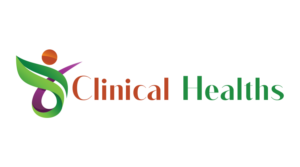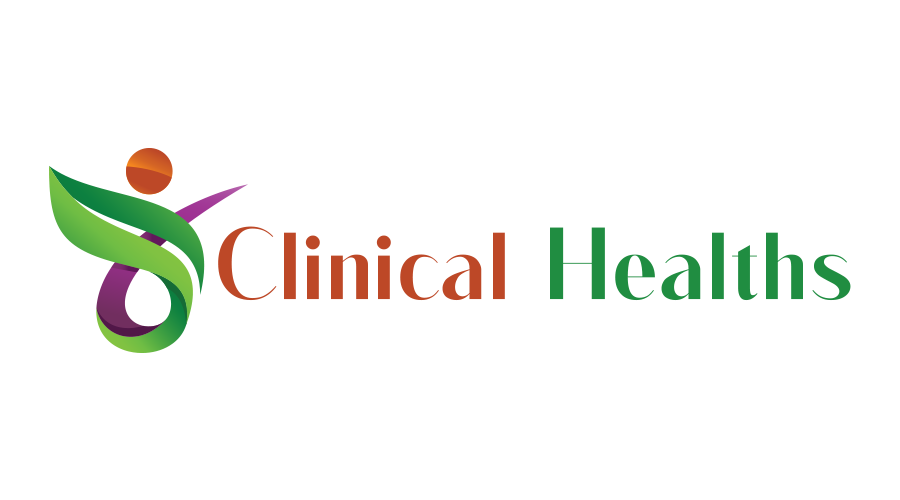Artificial intelligence has become an invaluable member of the modern intensivist team. They’re helping to shoulder huge iterative work, particularly when it comes to managing data in the tele-ICU setting. By helping to make sense out of large volumes of data that would otherwise be confusing to understand, AI is becoming a formidable partner for tele-ICU and the frontline critical care workers that rely on them. In this article, we’ll dive into even greater detail as we dissect just how machine learning and other facets of AI are helping to improve life and death situations where it matters the most – in the ICU.
Making arrhythmia predictions
For ICU patients with heart trouble, the power of machine learning models to be able to predict arrhythmias can be the difference between life and death. It can help pick patterns in large volumes of data that a human intensive may not be able to spot which can help to pick out problems such as atrial fibrillation.
With products such as Rhythm AI by Techindia, this is now pretty much a reality. In addition to predicting arrhythmias, this can also help technicians to anticipate impending cardiac events which can help to ensure that the patient gets timely intervention.
In fact, this revolutionary piece of technology can further automate and assist with ECG scoring. So it may improve the turnaround time for medical diagnoses.
Assisting with emergency triaging
Patient triaging involves prioritizing patients, in terms of who to give care to first, by analyzing the symptoms of patients, available personnel and deterioration levels, among other factors. All in all, traditional patient triaging that is largely manual-driven can be very time-intensive and cumbersome.
By analyzing metabolomics and clinical data, a patient triage AI model can be a big help in patient triaging. It can expedite the process, helping to align teleICU patients to the proper care pathways as soon as possible. Besides accelerating triaging, it can also make the process more accurate by eliminating human error by augmentation manual triaging.
Additionally, it can also help to reduce healthcare resource burden by minimizing human intervention in the process. This frees up clinicians to tend to other tasks.
Breaking down medical data silos
With cloud-driven AI electronic health record systems, it’s becoming easier for hospitals to break down their silos which are created by paper records, legacy applications and fractured systems in general.
Intelligent content management systems can help to digitize, scan and automatically route medical documents such as:
- Lab results
- X-ray scans
- Consent forms
- Diagnostic reports
This can create a single source of truth that ICU teams can rely on while streamlining medical approval processes to ensure faster diagnostic results. With web portals that provide remote access to patient data on the go, this can lead to greater efficiency for intensivist teams.
What’s more, such solutions often contain advanced data preprocessing which can further eliminate noise to ensure more reliable data for intensivist teams to work with in the first place. All in all, this can help to lower the workload burden for clinicians.
Improving medication management
Medication management makes up yet more iterative work for intensivist teams and it’s easy for them to mix up medication and other mistakes that can seriously compromise the patient’s condition. In fact, a Patient Safety Network report, predicts that hospitals experience up to 25% median medication error rates.
To help address and salvage this situation, AI-driven medication management systems are becoming very key. They can track a patient’s medical history, including how they have reacted to drugs in the past and what allergies they may have. Consequently, they can help to:
- Suggest more personalized medication management
- Reduce prescription errors
- Lower the risk of adverse drug events and so on
But that’s not all. AI can also have a big part to play when it comes to medication adherence. AI-driven apps can track medication intake and even provide alters in case a tele-ICU patient forgets to keep up with their regimen. Further, these apps can even provide dosage instructions, so that patients can be less dependent on ICU teams.
Educating patients on their obligations
AI in healthcare is delivering powerful health insights not just for ICU staff but their patients as well. Today’s intelligent data-driven platforms leverage natural language processing to help address concerns for patients and their families.
With patients getting access to front-row data via RPM wearables like blood pressure cuffs and heart rate monitors, among others, AI systems are also helping patients decipher this data. They make this possible by way of a client portal, where patients can get personalized summaries about their health conditions and what they mean.
Additionally, intelligent chatbots are also becoming the frontline of tele-ICU, handling digital consultations by response to patient queries using a pre-determined database of strategically curated medical information.
Detection of anomalies for faulty equipment
Predictive maintenance of critical medical devices is also becoming possible through the power of AI, which enables intelligent systems that can pick out operational anomalies. It may also be able to pick out other hints of equipment defects and failures by automatically analyzing:
- Historical maintenance records
- Usage patterns
- Equipment performance metrics and so on.
As a result, tele-ICU specialists may be able to provide timely repairs, thereby minimizing the risk of unplanned outages which can have very grave consequences in an ICU setting. In a nutshell, intensivist teams can lean on AI to basically enhance the reliability of their infrastructure, which can go a long way in improving health outcomes for critical care patients.
Empower your E-ICU with Rhythm AI
Rhythm AI is the brainchild of Techindia, a digital health solutions provider with decades of expertise in the field. Having trained on more than 1,000,000 data sets that American CCT/CRAT technicians manually annotated, it proves an excellent arrhythmia prediction and scoring model that can streamline workflows for tele-ICU teams. While the software remains a work in progress, it shows great promise that could help advance cardiac care into a more proactive era. For superior quality E-ICU monitoring driven by intelligent technology, be sure to visit the Techindia website today for more details.


